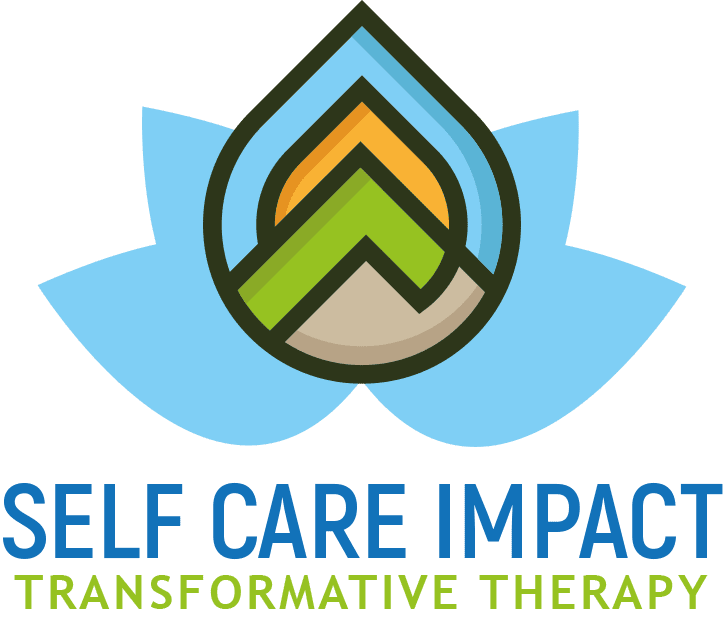Life is unpredictable and sometimes painful. The experiences we endure can be traumatic. In some cases, these traumas can result in long-term problems. Traumatic grief is all-too-common. Fortunately, this reality is balanced by all of the many proven treatment approaches. The field of trauma recovery is rapidly growing. One of the most popular and promising choices is called Eye Movement Desensitization and Reprocessing or EMDR.
EMDR has an outstanding track record for relieving the distress of trauma and Post-Traumatic Stress Disorder (PTSD). To follow, I’ll take you through the basics of this unusual but highly effective option.
The Phases of EMDR
Instead of the use of talk therapy or medication, EMDR uses your rapid, rhythmic eye movements as the path toward healing. I’ll explain more about that after briefly describing the eight phases of treatment.
Here is a brief overview of each of the eight phases of EMDR therapy:
1. History and Treatment Planning: The first phase involves the therapist conducting a thorough assessment of the client’s history and current symptoms to develop a treatment plan that targets specific issues or memories.
2. Preparation: The therapist works with the client to develop coping skills and relaxation techniques to help the client manage emotional distress that may arise during treatment.
3. Assessment: In this phase, the therapist and client identify specific memories or events that are causing emotional distress.
4. Desensitization: The therapist guides the client through a series of eye movements, sounds or taps while the client focuses on the traumatic memory. This phase aims to desensitize the client to the emotional distress associated with the memory.
5. Installation: In this phase, the therapist helps the client develop positive beliefs and emotions related to the traumatic event to replace the negative ones.
6. Body Scan: The therapist guides the client in a body scan to identify any physical sensations related to the traumatic event and helps the client release any residual tension.
7. Closure: The therapist helps the client feel safe and grounded after each session, and provides strategies for the client to manage any emotional distress that may arise between sessions.
8. Reevaluation: In this final phase, the therapist and client review progress and make any necessary adjustments to the treatment plan.
It’s important to note that the length and order of each phase may vary depending on the individual’s needs and goals for treatment.
Sounds Great, But How Is This Done?
As the client, you get to choose a memory of traumatic grief to focus on. You hold it in your mind as a visual image. You also focus on the beliefs and bodily sensations that have become connected to grief. Meanwhile, your EMDR therapist uses rapid finger movements within your field of vision. These movements are similar to the rapid eye movement (REM) that takes place as you dream.
This two-person effort has been found — over and over — to help clients process unresolved traumatic grief. Simultaneously, the negative memories and beliefs are replaced with new, positive images and perspectives. This can result in ending the trauma-related symptoms that are holding you back.
How EMDR Can Ease Your Struggle with Traumatic Grief
Obviously, EMDR is effective as a treatment for trauma and PTSD. So much so that the Department of Veterans Affairs recommends EMDR for returning soldiers struggling with trauma.
As it pertains to traumatic grief recovery, EMDR helps to precisely target your loss. It doesn’t matter if you are working through an unexpected tragedy or a persistent, lingering loss. You and your counselor will address all of the emotions connected with your loss in a safe, supportive space.
By way of your therapists’ help and specific eye movements or tapping, you may find that a significant amount of relief occurs. As emotional pain recedes emotional regulations improve. Thereby, physical discomfort lessens and you can start to derive less suffering from your loss and more meaning.
In addition, research has found EMDR to be equally as potent in dealing with many other serious mental health conditions that may coexist with your grief, e.g.
- Anxiety
- Eating disorders
- Addictions
- Depression
- Panic disorders
All of these outstanding outcomes occur without the risky side effects of medication. (However, your may experience some vivid dreams after the first couple of EMDR sessions.) Also, EMDR is a far shorter treatment protocol than traditional talk therapy. The briefness of the process assures a lower dropout rate. In addition, people who have undergone EMDR treatment consistently report long-term benefits.
Starting Your EMDR Treatment
Finally, as you can see, there are many reasons to consider Eye Movement Desensitization and Reprocessing. But you probably have more than a few questions. This is normal and I’d be happy to help you find the answers you seek.We would love to help you directly address the painful grief that is impacting your life. EMDR can help get you unstuck. It all begins with a free and confidential consultation.
Trauma Therapy in the Denver Area
Trauma therapy can be an effective way for individuals to process and cope with the effects of trauma. If you or someone you know has experienced a traumatic event, consider seeking the support of a qualified trauma therapist who can help guide you on your healing journey. To get started, you can email us, use the contact page, or call 720-551-4553 for a free, 15-minute phone consultation. You can also read more about our Trauma Therapy services on our Trauma Web Page.
.

